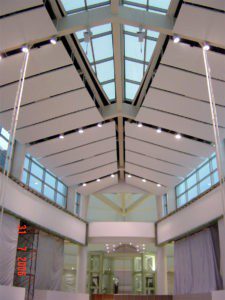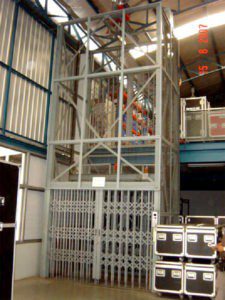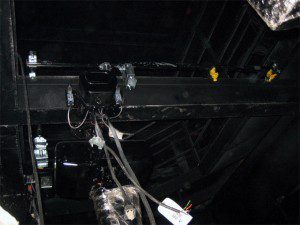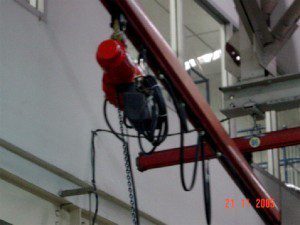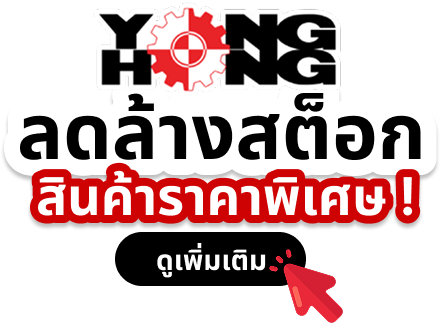An automatic water pump is a device that is designed to pump water without the need for manual operation. It typically includes various components that work together to efficiently move water from one location to another. The operation of an automatic water pump can vary depending on the specific type and design, but here are the general principles behind how it works:
1. Power Source: An automatic water pump requires a power source to operate. Most commonly, these pumps are electrically powered, using either mains electricity or a generator.
2. Motor: An automatic water pump motor is the core component responsible for driving the pump’s impeller or diaphragm. The motor converts electrical energy into mechanical energy, which creates the pumping action.
3. Impeller or Diaphragm: An automatic water pump impeller (in centrifugal pumps) or diaphragm (in diaphragm pumps) is a moving part that helps draw in and push out the water. It is directly connected to the motor and rotates or moves back and forth as the motor operates.
5. Sensors and Controls: The “automatic” aspect of the water pump involves sensors and controls that monitor the water level and pressure, and control the pump’s operation accordingly. These sensors can be float switches, pressure switches, or other types of water level sensors. When the water level drops below a certain point (in case of a well or tank), or when there’s demand for water (in case of irrigation or household water supply), the sensors trigger the pump to start working.
6. Pump Controller:The pump controller is the brain of the system. It receives signals from the sensors and decides when to start and stop the pump. It can also manage the pump’s speed or output, depending on the specific needs and pump type.
When the water level drops or there’s a demand for water, the sensors detect the need for pumping, and the controller activates the motor. The motor then drives the impeller or diaphragm, creating a pressure difference that draws water in through the inlet and pushes it out through the outlet. The process continues until the water level reaches the desired point or the demand for water ceases, at which point the sensors and controller stop the pump such as irrigation, domestic water supply, and industrial processes.
สามารถรับชมเพิ่มเติมได้ : YONGHONG

